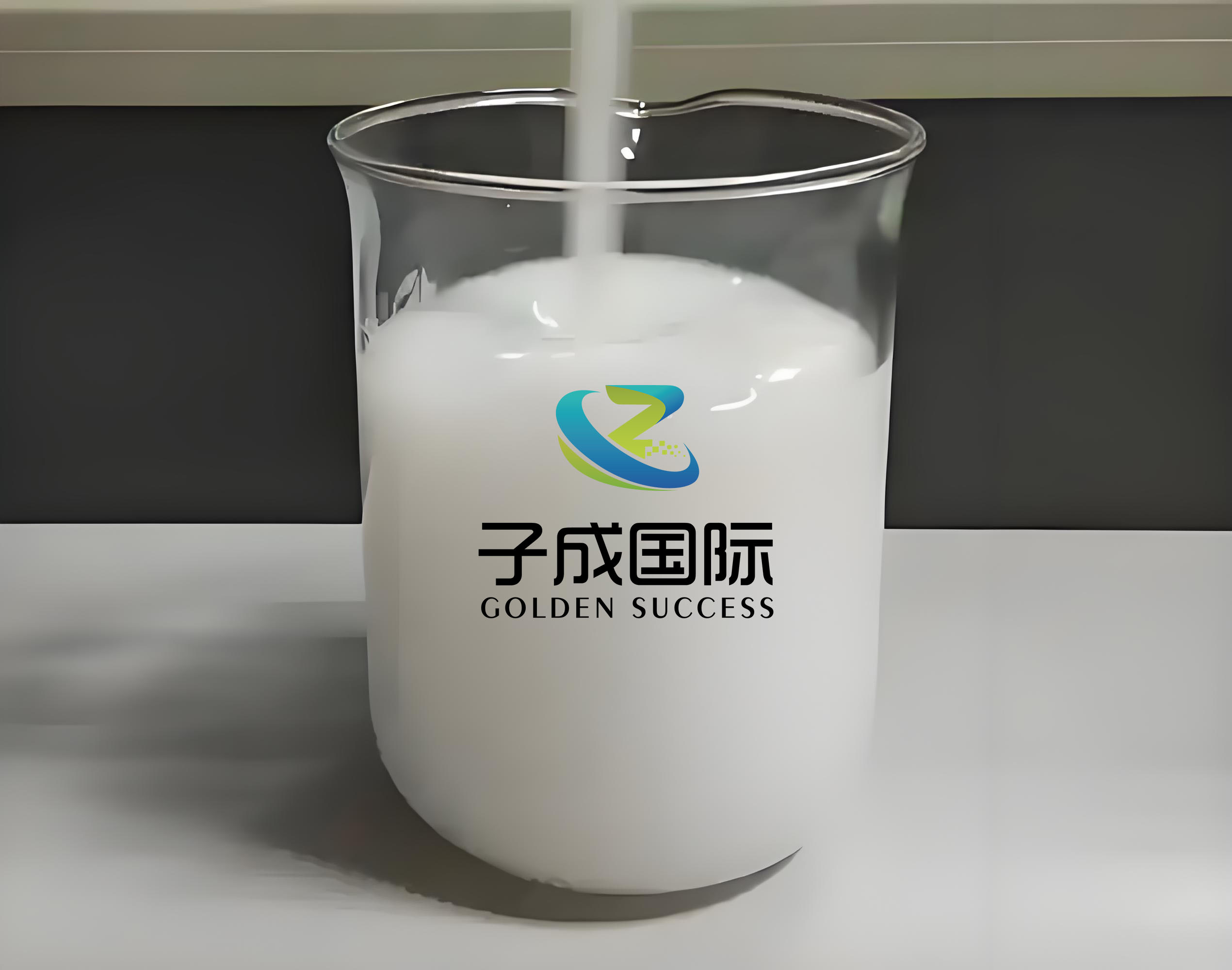During the production and printing process of ink, a large amount of foam is easily generated. The generation of foam can lead to defects on the surface of printed materials, reduce ink adhesion, and even affect equipment operating efficiency. As a functional additive, ink-based defoaming agents have become crucial for ensuring printing quality by quickly breaking bubbles and inhibiting foam regeneration.
The core advantages of modern ink-based defoamers primarily lie in their efficient defoaming and quality enhancement capabilities. These defoamers exhibit extremely low surface tension, enabling them to rapidly penetrate foam films and disrupt their stability, achieving second-level defoaming during processes such as stirring, spraying, or high-speed printing. Additionally, modern ink-based defoamers demonstrate excellent compatibility and stability. With the advancement of science and technology, modern high-end defoamers have undergone molecular structure optimization, enabling them to be compatible with water-based, UV, or solvent-based ink systems, thus avoiding the formation of shrinkage cavities or fish eyes. Furthermore, they exhibit resistance to diverse or specific environments, such as high temperatures or extremely high pH levels.
Traditional defoamers can only address foam issues in the short term, but not long-term foam problems. However, the new generation of defoamer products can continuously suppress foam regeneration during ink storage and throughout the entire printing cycle, reducing downtime issues and enhancing work efficiency.
With increasingly stringent laws and regulations, green defoamers that are VOC-free and APEO-free have become the mainstream in society. Moreover, ink-based defoamers only require a small amount of addition to achieve the desired defoaming effect.
The technological advancements in ink defoamers have directly propelled the printing industry towards high precision and green development. In the future, with the application of nano-defoaming technology and intelligent responsive materials, their performance and core advantages will further be enhanced.


 English
English
 Chinese
Chinese Vietnamese
Vietnamese
 HOME
HOME
 PRODUCT
PRODUCT
 NEWS
NEWS
 CONTACT
CONTACT


